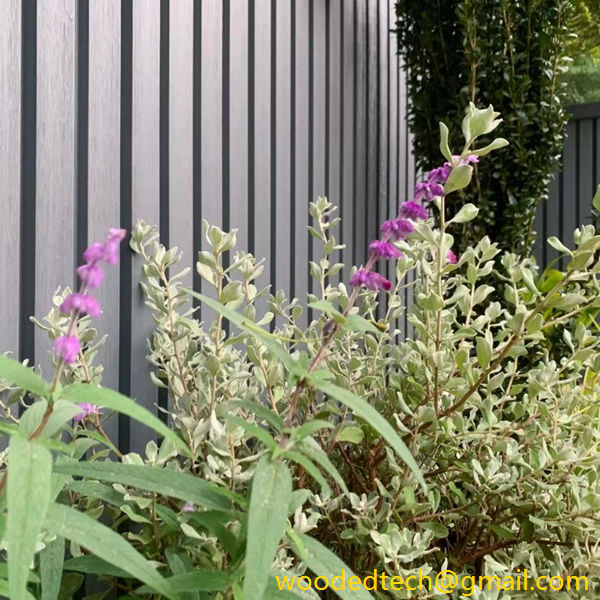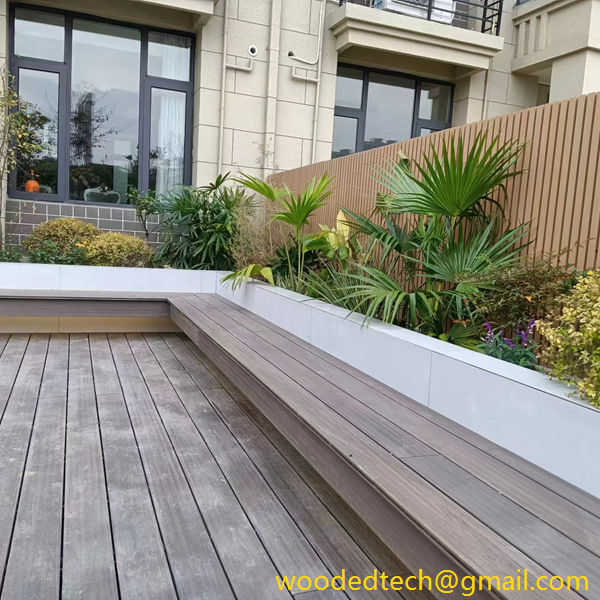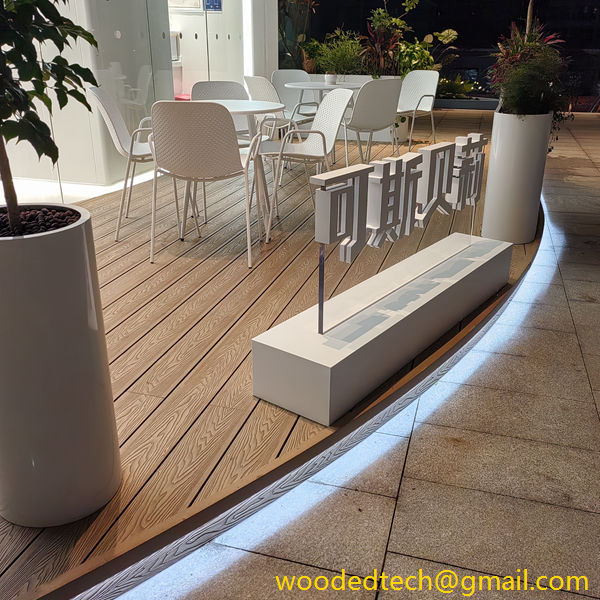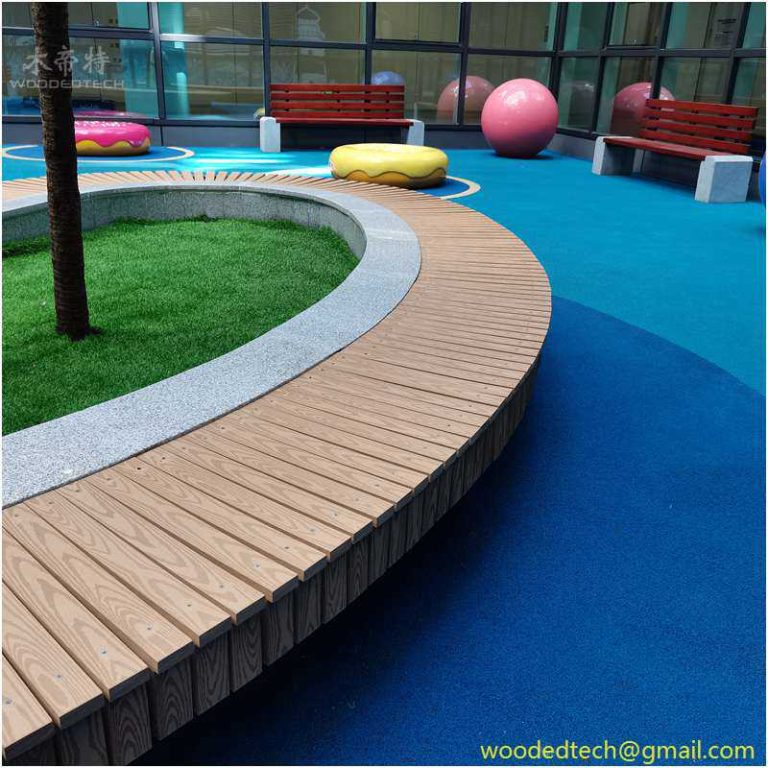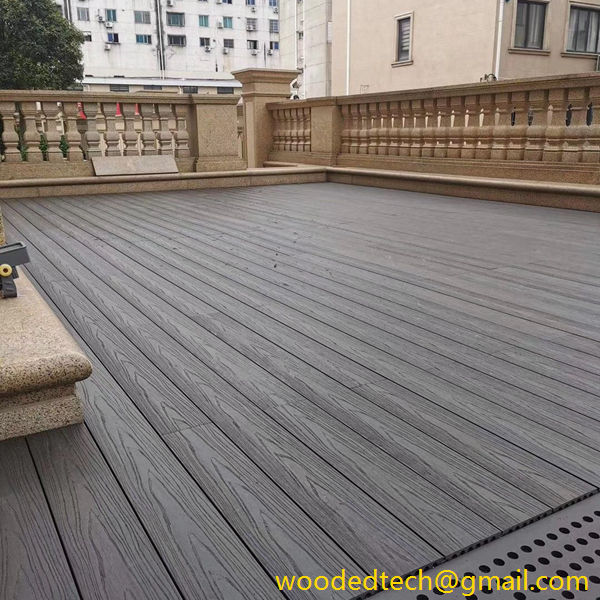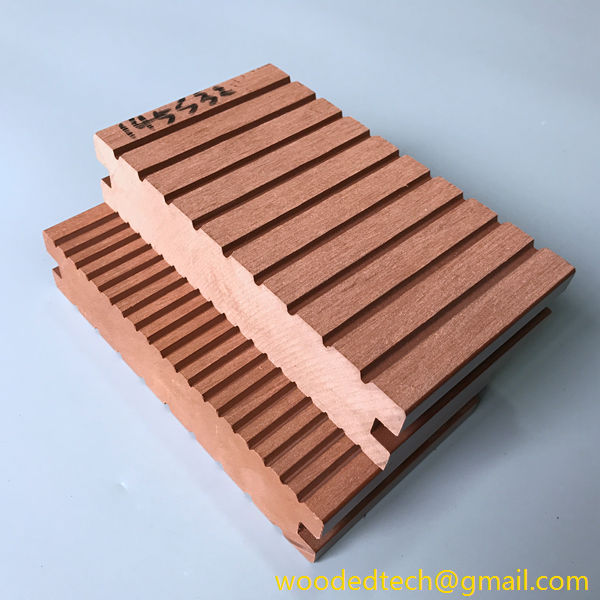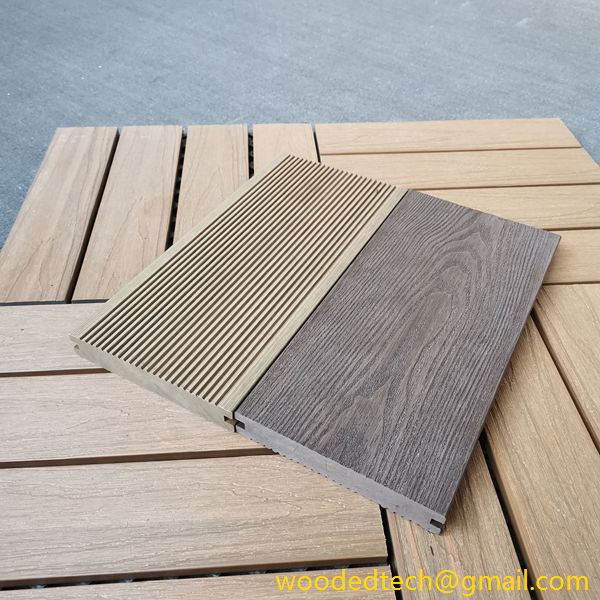Evaluating WPC Wall Panel Cost for Your Renovation Project
Evaluating WPC Wall Panel Cost for Your Renovation Project In recent years, the demand for innovative building materials has surged, with Wood Plastic Composite (WPC) wall panels emerging as a popular choice for both residential and commercial renovations. These panels offer a blend of durability, aesthetic appeal, and low maintenance, making them an attractive option…
Evaluating WPC Wall Panel Cost for Your Renovation Project
In recent years, the demand for innovative building materials has surged, with Wood Plastic Composite (WPC) wall panels emerging as a popular choice for both residential and commercial renovations. These panels offer a blend of durability, aesthetic appeal, and low maintenance, making them an attractive option for homeowners and builders alike. However, one of the most significant factors influencing the decision to use WPC wall panels is the cost. Understanding the cost advantages of sourcing these materials from China’s production areas can provide valuable insights for your renovation project.
WPC wall panels are manufactured from a combination of wood fibers and plastic materials, resulting in a composite that mimics the look of wood while offering enhanced durability and resistance to moisture, insects, and decay. These panels can be used in various applications, from interior walls to exterior cladding, making them versatile for different design needs.
When evaluating the cost of WPC wall panels, several factors come into play. The price of raw materials, production processes, shipping logistics, and local market conditions all contribute to the overall cost of the panels. In many cases, sourcing these materials from China can lead to significant cost savings due to several key advantages.
China is one of the largest manufacturers of WPC materials, benefiting from economies of scale that many other countries cannot match. The sheer volume of production allows Chinese manufacturers to reduce their per-unit costs significantly. This means that when purchasing WPC wall panels from China, consumers can often enjoy lower prices compared to sourcing from smaller manufacturers in other regions. The ability to produce large quantities efficiently translates to cost savings that can be passed on to the buyer.
Another contributing factor to the cost advantage of sourcing WPC wall panels from China is the relatively lower labor costs. The manufacturing process of WPC involves various stages, including mixing, molding, and finishing. In China, labor costs are generally lower than in many Western countries, which can result in lower overall production costs. This advantage enables manufacturers to offer competitive pricing for their products while maintaining quality standards.
Chinese manufacturers have made significant investments in advanced manufacturing technologies and processes. The adoption of modern machinery and automated systems has enhanced productivity and efficiency in the production of WPC wall panels. These technological advancements reduce waste and minimize production time, further contributing to cost savings. As a result, consumers can access high-quality WPC products at a fraction of the cost compared to traditional wood-based materials.
China is rich in natural resources, including wood fibers and plastic materials needed for WPC production. The abundance of these raw materials allows manufacturers to keep their input costs lower than those in regions where these resources are scarce or more expensive. The proximity to raw material sources not only reduces transportation costs but also ensures a steady supply for production, further stabilizing prices.
One might assume that shipping products from China would involve high transportation costs, potentially offsetting the savings achieved through lower production costs. However, the reality is that China’s extensive logistics network and infrastructure have made it easier and more cost-effective to transport materials worldwide. Many manufacturers have established partnerships with shipping companies, allowing them to negotiate better rates. This means that even with shipping costs included, sourcing WPC wall panels from China can often remain competitive compared to local alternatives.
While cost is a critical factor, quality should never be compromised. Chinese manufacturers of WPC wall panels have increasingly focused on adhering to international quality standards. Many have obtained certifications that ensure their products meet specific performance criteria. This commitment to quality means that buyers can feel confident in the durability and longevity of the panels they purchase, making them a worthwhile investment for renovation projects.
Another advantage of sourcing WPC wall panels from China is the variety of customization and design options available. Many Chinese manufacturers offer a wide range of colors, textures, and styles, allowing homeowners to select panels that match their aesthetic preferences. This ability to customize not only enhances the visual appeal of a renovation project but also adds value to the property in the long run.
In summary, the cost advantage of sourcing WPC wall panels from China is evident through various factors, including economies of scale, lower labor costs, advanced manufacturing technologies, and the availability of raw materials. Additionally, the efficient logistics network ensures that transportation costs remain manageable. When considering a renovation project, evaluating the cost of WPC wall panels from Chinese production areas can lead to significant savings without compromising quality or design options.
As you embark on your renovation journey, it is essential to weigh the benefits of sourcing materials from China against your specific needs and preferences. Conducting thorough research and obtaining multiple quotes can help you make an informed decision that aligns with your budget and vision for your project. Ultimately, investing in WPC wall panels sourced from China may provide an excellent return on investment, enhancing both the beauty and functionality of your space.

